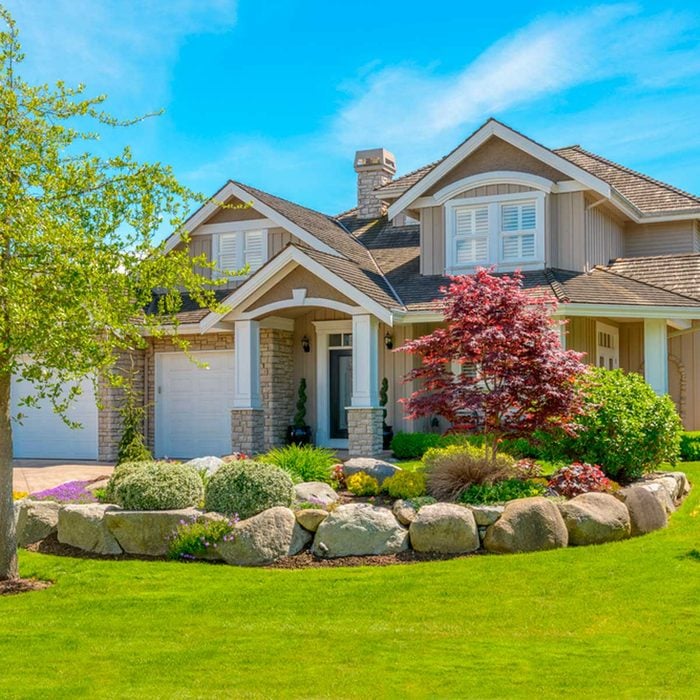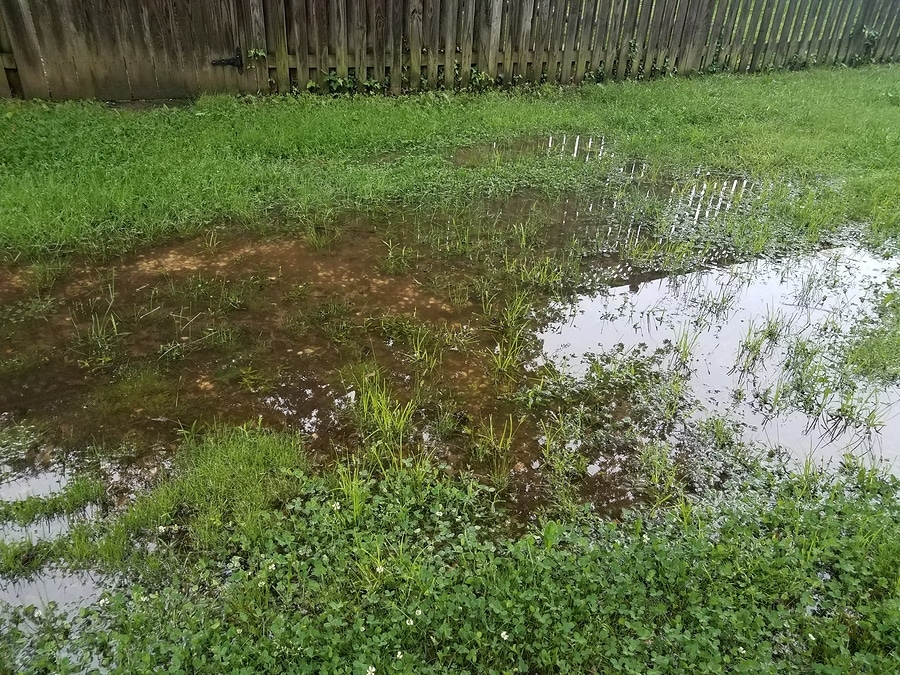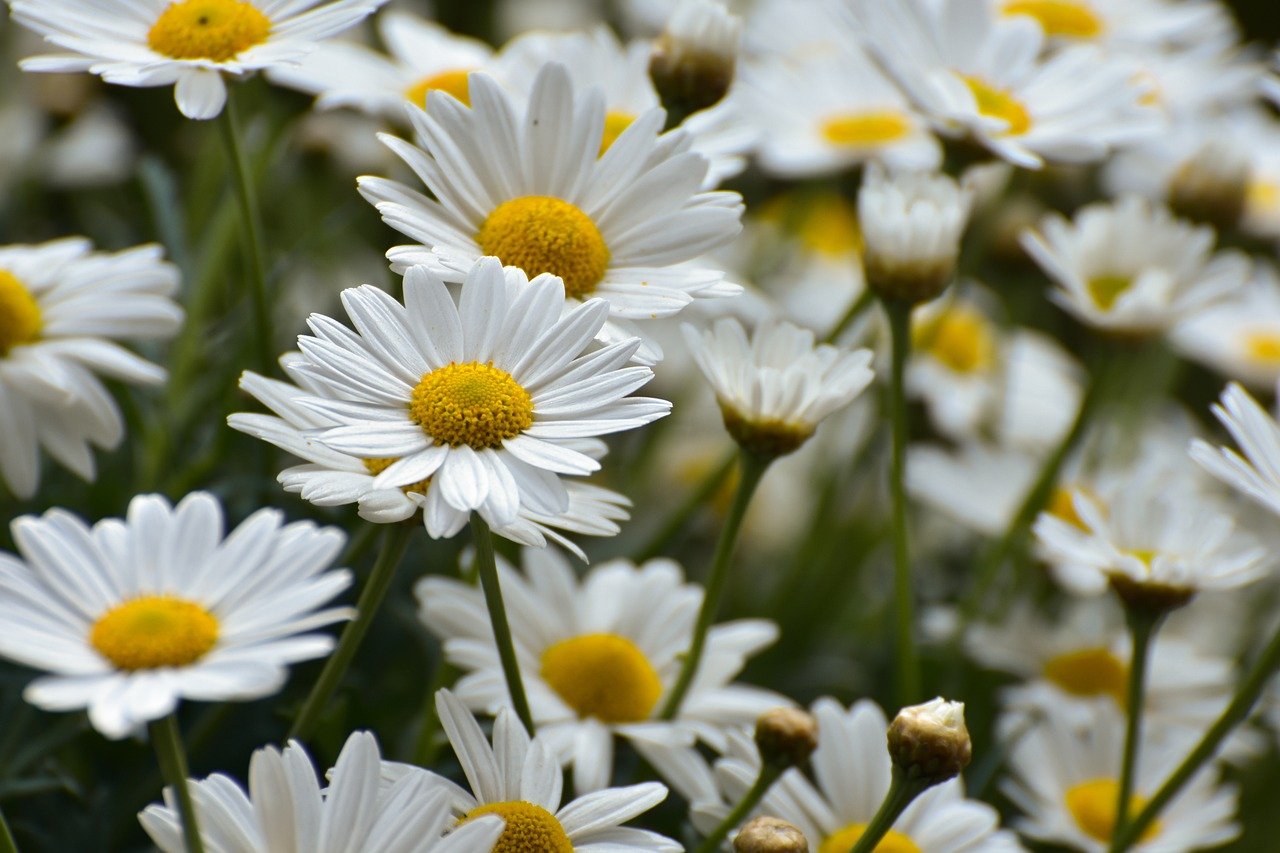Landscape Decisions
- White Tree Landscape Management

- Apr 30, 2025
- 5 min read
Updated: Jul 29, 2025
The Ultimate Guide to Deciding Between Landscape Rejuvenation and Replacement

Making the decision between landscape rejuvenation and replacement can be a daunting task for homeowners and landscape enthusiasts alike. Whether your garden is a little tired or a complete overhaul is on the table, understanding the nuances of both approaches is crucial for improving your outdoor spaces effectively. Landscape rejuvenation offers a fresh lease of life to your existing setup with strategic enhancements, while landscape replacement might be necessary for a more dramatic transformation. In this guide, we’ll provide expert landscape care tips and insights to help you navigate this decision with confidence, ensuring your garden revitalization efforts yield the best results. So, let’s dig in and explore the best path to a vibrant and thriving landscape that you can enjoy for years to come.
Understanding Your Landscape Needs
Before deciding between landscape rejuvenation and replacement, it’s crucial to understand your current landscape’s condition and needs. This section will guide you through assessing your landscape’s health and identifying signs that indicate whether rejuvenation or replacement is the best course of action.
Assessing Current Landscape Health
Evaluating your landscape’s health is the first step in determining whether rejuvenation or replacement is necessary. A thorough assessment involves examining various aspects of your outdoor space.
Start by observing the overall appearance of your landscape. Look for signs of vitality in plants, trees, and grass. Healthy vegetation should have vibrant colors and robust growth.
Next, check the soil quality. Healthy soil is crucial for plant growth and can indicate the overall health of your landscape. Conduct a simple soil test to determine its pH level and nutrient content.
Finally, assess the functionality of your landscape features, such as irrigation systems, retaining walls, and hardscaping elements. Proper functioning of these components is essential for maintaining a healthy landscape.
Signs You Need Landscape Rejuvenation
Landscape rejuvenation is often the preferred choice when your outdoor space shows signs of wear but still has a solid foundation. Recognizing these signs can help you make an informed decision.
One key indicator is the presence of overgrown or outdated plants. If your landscape looks cluttered or certain plants have outgrown their designated spaces, rejuvenation might be the answer.
Another sign is the gradual decline in plant health. If you notice yellowing leaves, sparse growth, or increased susceptibility to pests and diseases, your landscape may benefit from rejuvenation techniques.
Lastly, consider the overall aesthetic appeal. If your landscape design feels outdated or no longer aligns with your preferences, rejuvenation can breathe new life into your outdoor space without a complete overhaul.
Indicators for Landscape Replacement
Sometimes, more drastic measures are necessary. Landscape replacement becomes the better option when certain critical issues are present.
Severe drainage problems or soil erosion are significant indicators that replacement might be needed. These issues can lead to long-term damage and are often difficult to address through rejuvenation alone.

Extensive damage from pests, diseases, or natural disasters may also necessitate replacement. If a large portion of your landscape has been compromised, starting fresh can be more effective than attempting to salvage what remains.
Finally, consider replacement if your landscape no longer meets your functional needs. This could include the need for more outdoor living space, improved accessibility, or a complete change in landscape style.
Steps to Improve Outdoor Spaces
Improving your outdoor spaces involves a combination of essential care practices and effective revitalization techniques. This section will provide you with practical steps to enhance your landscape, whether you’re opting for rejuvenation or replacement.
Essential Landscape Care Tips
Maintaining a healthy landscape requires consistent care and attention to detail. These essential tips will help you keep your outdoor spaces thriving.
Regular Watering: Establish a watering schedule based on your plants’ needs and local climate conditions. Proper irrigation is crucial for plant health and growth.
Soil Management: Maintain healthy soil by regularly adding organic matter and conducting periodic soil tests. Adjust soil pH and nutrient levels as needed.
Pruning and Trimming: Keep plants shaped and healthy by pruning regularly. Remove dead or diseased branches to promote new growth and maintain plant aesthetics.
Pest and Disease Control: Monitor your landscape for signs of pests or diseases. Address issues promptly using integrated pest management techniques to minimize damage.
Seasonal Maintenance: Adjust your care routine according to the seasons. This includes tasks like fall clean-up, spring planting, and winter protection for sensitive plants.
Effective Garden Revitalization Techniques
Revitalizing your garden can breathe new life into your landscape. These techniques can help transform tired outdoor spaces into vibrant, thriving environments.
Start by refreshing your plant palette. Introduce new, complementary plants to add color and texture to your landscape. Consider native species that are well-adapted to your local climate.

Improve soil quality through aeration and amendment. This can help rejuvenate existing plants and provide a better growing environment for new additions.
Consider updating your hardscaping elements. Refreshing pathways, adding decorative stones, or installing new garden features can dramatically enhance your landscape’s appeal.
Lastly, implement smart watering solutions like drip irrigation or rain sensors to ensure efficient water use and promote healthy plant growth.
Making the Decision
Deciding between landscape rejuvenation and replacement requires careful consideration of various factors. This section will help you weigh the costs and benefits of each option and explore the value of professional guidance in making your decision.
Weighing Costs and Benefits
When deciding between landscape rejuvenation and replacement, it’s essential to consider both the financial implications and the long-term benefits of each option.
Rejuvenation is often less expensive in the short term and can be an excellent choice for landscapes with a solid foundation. It allows you to preserve existing elements while making strategic improvements.
Factor | Rejuvenation | Replacement |
Cost | Lower initial investment | Higher upfront cost |
Time | Quicker results | Longer implementation |
Impact | Moderate changes | Dramatic transformation |
Longevity | May need more frequent updates | Longer-lasting results |
Replacement, while more costly upfront, offers the opportunity for a complete transformation. It’s ideal for addressing major issues or when your landscape needs have significantly changed.
Consider your budget, timeline, and long-term goals when making your decision. Remember that investing in your landscape can increase your property value and enhance your quality of life.
Professional Help in Landscape Decisions
Seeking professional advice can be invaluable when making decisions about your landscape. Landscape architects and designers bring expertise and fresh perspectives to your project.
Professional landscapers can provide comprehensive assessments of your current landscape, identifying issues you might overlook. They can also offer creative solutions tailored to your specific needs and preferences.
When choosing a professional, look for:
Relevant experience and qualifications
A portfolio of similar projects
Positive client testimonials
Clear communication and understanding of your vision
Remember, protecting your landscape during renovations is crucial. A professional can help ensure that your existing landscape is preserved during any replacement or rejuvenation work.
Ultimately, whether you choose rejuvenation or replacement, professional guidance can help you achieve the best possible outcome for your outdoor spaces.

Comments